ONE: Sustainable dairy production in developing countries

The annual Alltech ONE conference is a virtual one this year due to Covid-19, taking place 18–22 May 2020. Dr Juan Tricarico, vice president for sustainability research at Dairy Management Inc. (DMI) and the Innovation Centre for US Dairy, presented the topic of sustainable dairy production in low income countries.
Ensuring everyone has enough milk to drink, especially in developing countries, is highly affected by socioeconomic and environmental factors. Through the sustainable intensification of milk production the dairy industry has the opportunity to increase the supply and availability of nutrients. This can be done while also reducing the environmental impact of agriculture.

That is the goal and translating it into practice was the topic discussed by Dr Juan Tricarico, vice president for sustainability research at Dairy Management Inc. (DMI) and the Innovation Centre for US Dairy, during his presentation at this year’s virtually hosted Alltech ONE Conference.
Low income countries
Low income countries experience high rates of undernutrition, including micronutrient deficiencies, leading to child stunting and wasting.
Undernutrition refers to inadequate intakes of energy, protein and or vitamin and mineral deficiencies. Malnutrition is a broader term that includes all forms of undernutrition, in addition to overweight, obesity and resulting diet-related non-communicable diseases.
The general principles of sustainability are global. That means that economic feasibility, social responsibility and environmental stewardship apply to every single dairy farmer regardless of where milk is produced in the world
Dr Tricarico said: “The general principles of sustainability are global. That means that economic feasibility, social responsibility and environmental stewardship apply to every single dairy farmer regardless of where milk is produced in the world.
“The World Bank tells us that the economic cost of undernutrition ranges between 2 to 3% of the Gross Domestic Product in some countries but it can be as high as 11% in some of the countries in Africa and Asia.

“Milk and dairy foods are very valuable because they can address the specific nutritional needs of vulnerable populations in low income countries particularly because it contains nine essential nutrients.
“Dairy farming offers the potential for poverty reduction and socioeconomic development in addition to the benefit that milk and dairy food consumptions provides to nutrition,” he said.
Environmental impact of livestock
Dr Tricarico also touched on the environmental impact of livestock and of dairy in particular. The impact of emissions, generated by the dairy industry, is widely discussed. FAO statistics show the entire global livestock sector contributes 14.5% of all manmade emissions globally.
Dr Tricarico said: “As population and income is increasing across the world the demand for animal based foods, particularly for milk and dairy foods, is increasing. The dairy sector is growing rapidly in these low income countries.
“We also know from FAO that the global greenhouse gas emissions from the dairy industry, particularly when you look at milk production, processing and transportation, represents approximately 2.7% of all manmade emissions across the world.
“If we express that information per unit of milk that equates to 2.4 kilogrammes of carbon dioxide equivalent per kilogramme of fat and protein corrected milk.”
Milk production in a number of developing countries is growing very rapidly with rates of up to 800% in some cases. The key factor here is to produce more milk from the same number of cows by feeding them properly and looking after their health to improve sustainability at the same time.
Dr Tricarico highlighted a number of solutions that could help dairy farmers sustainably intensify their milk production and offer more milk to the vulnerable populations.

Way to sustainably intensify milk production
He said the focus was on improving dairy cow’s nutrition through feeds and feeding by three key methods including increasing feed intake; increasing the dietary energy and protein density and by preventing nutritional deficiencies.
“On many of these low income countries the biggest problem is that the animals don’t have enough feed,” said Dr Tricarico. “Perhaps there are too many animals to feed so offering more feed or using different types of approaches to offer that feed is very important, for example, using a grazing rotational system.
“The second element is increasing the energy and protein density of the diet by improving the forage management and the quality of the forage is extremely important.
“If concentrates or by-products of human food are available then these should be considered too. Also processing some feeds, like grinding for example, can bring the nutritional value of that feed up.
“Finally, preventing nutritional deficiencies in the animals is also important. Analysis and managements of feeds helps to understand what the animal is being fed to suit their needs. In high income countries this is known as precision feeding,” he said.
Dr Tricarico encouraged farmers to keep good records, to always try and improve the welfare and breeding of their cattle. He also highlighted that milk is 88% water and farmers should always make sure their cows had a constant fresh supply of water.
And finally, farmers in low income countries with too many cattle to feed should consider culling unproductive cows that were infertile or unhealthy in order to improve the overall herd production.
“There is no point in keeping cattle that are unproductive and consume resources and produce methane. They should be culled so that other animals can use those resources more efficiently,” he said.
This topic was also developed by Dr Tricarico’s co-authors, Dr Ermias Kebreab, University of California, Davis and Dr Michel Wattiaux, University of Wisconsin, Madison.
For more info: Alltech ONE
Join 13,000+ subscribers
Subscribe to our newsletter to stay updated about all the need-to-know content in the dairy sector, two times a week.
 Beheer
Beheer

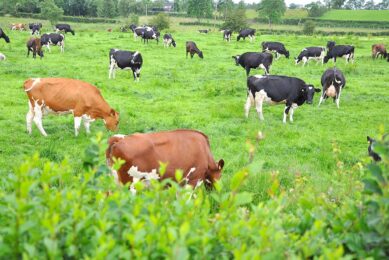
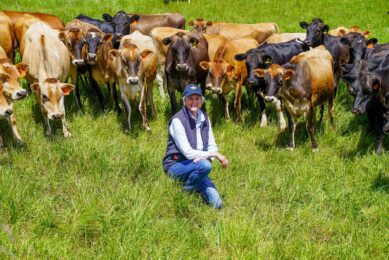
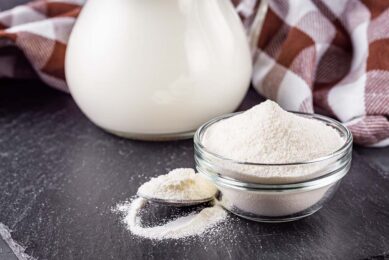
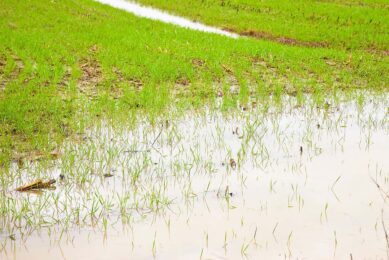
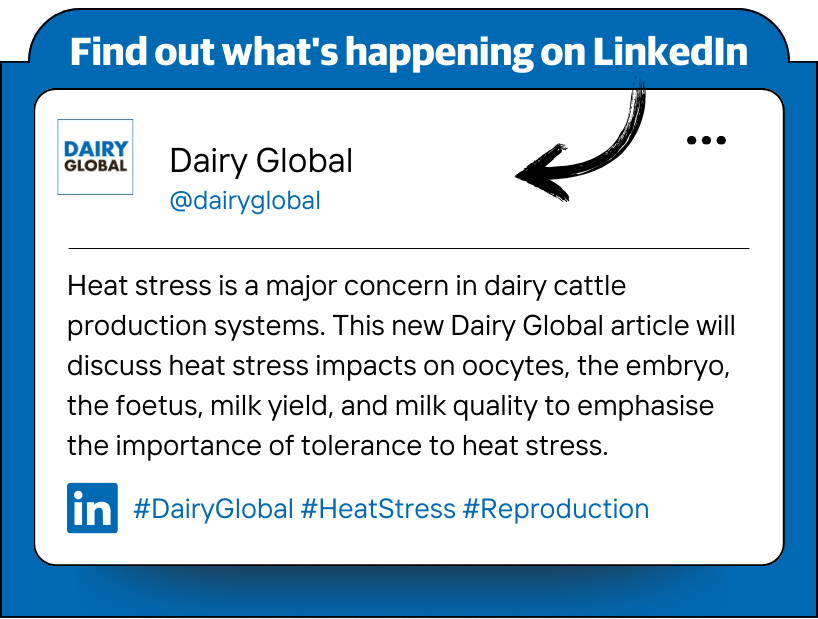



 WP Admin
WP Admin  Bewerk bericht
Bewerk bericht